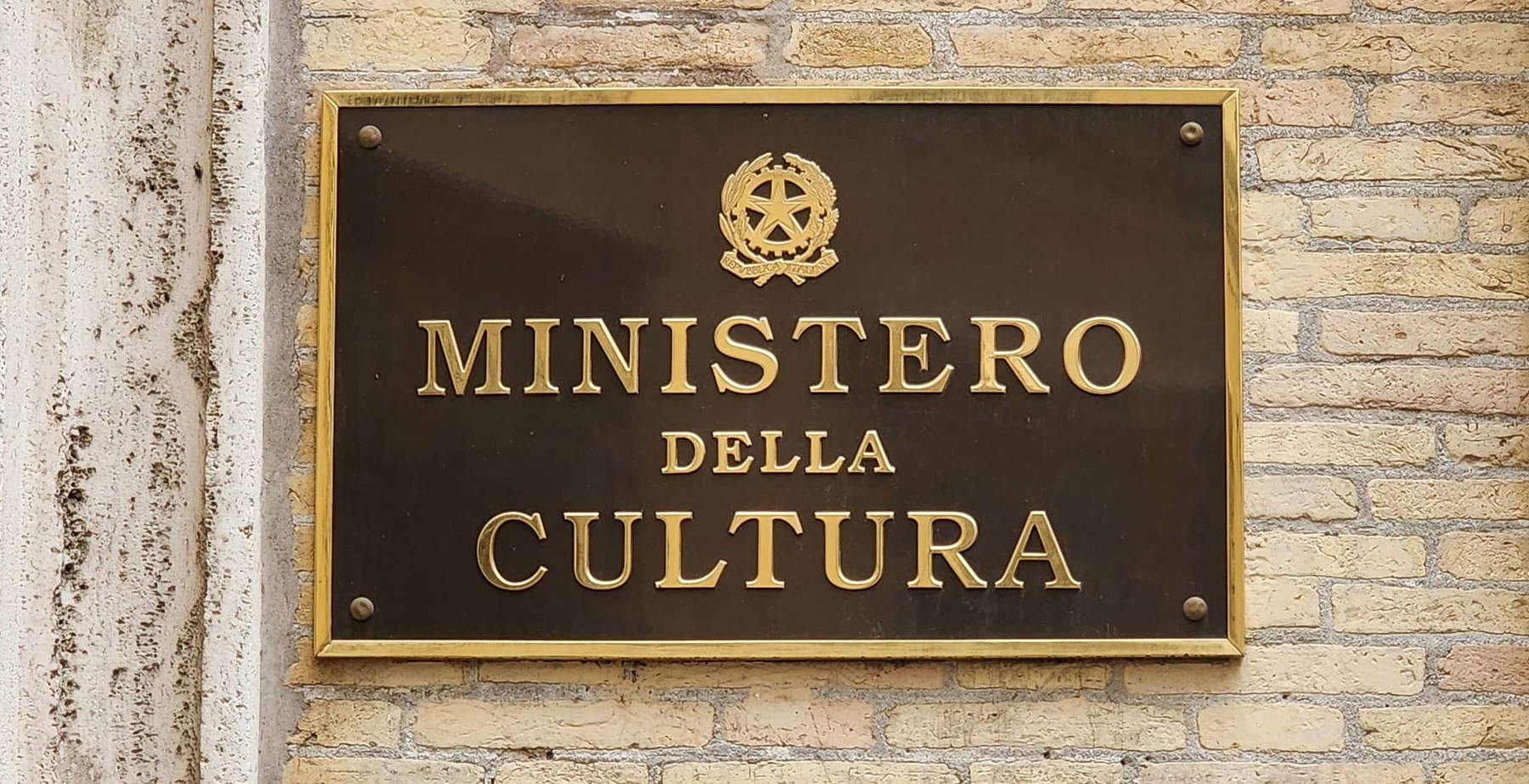The affair of the successful candidates of the past competition of the Ministry of Culture, 251 officials whose unit was authorized by a dpcm of August 7 and who are to be recruited by December 31, also reaches Parliament. We had mentioned this in an article following an open letter that CISDA - Comitato Idonei Storici dell’Arte (Committee of Art Historians), had sent to the same ministry to ask for clarity on the sidelines of the recent announcement about 2,700 new hires, with 550 units to be added to the staff by the end of the year.
It was the Honorable Valentina Grippo, a member of the Azione-Popolari Europeisti Riformatori-Renew Europe group, who on Monday submitted a question for written answer to the Minister of Culture, Alessandro Giuli: the starting point of the question concerns, again, the announcement by the Ministry of Culture last August 18, in which as many as 2,700 new hires were announced. Of these, 550 should be placed by the end of 2025, comprising 300 assistants and 250 officials, while an additional 2,200 will be selected through competitions by the fall. Grippo points out that although the profiles of the upcoming competitions are already known, the professional skills of the 250 officials whose insertion is authorized by the Prime Minister’s Decree of August 7, 2025, and which must take place by the end of the year, or else the allocated economic resources will be lost.

Special attention is paid to the art historians’ ranking list, the only one still active within the Ministry, related to the MiC 518 competition. To date, there remain 251 eligible unrecruited candidates, and the ranking list will expire in May 2026. The administration, Grippo points out, “has repeatedly claimed that the organic plants related to the professional profile of art historians would already be saturated and would not allow for further recruitment.” However, a reconnaissance carried out by the Comitato Idonei Storici dell’Arte (Cisda) of the Ministry’s public data and 2022 staffing levels shows a significant shortage of such professionals.
Concrete examples confirm the critical nature of the situation. The directorates general, the heart of the Ministry’s administrative activity, provided for just 35 art historian officers in 2022, of which only 15 were actually in service. Similarly, in the superintendencies 137 art historians are active out of 162 planned, with a higher concentration between Naples and Milan, leaving other areas uncovered. This imbalance affects the ability to protect and preserve Italy’s cultural heritage, leading to administrative delays and reputational damage for the ministry.
According to Grippo, the complete absorption of the MiC 518 ranking, in synergy with a revision of the staffing plan and the use of resources allocated by the August 7, 2025 decree, would make it possible to fill a structural gap and ensure a more effective and qualified management of the national cultural heritage. In this way, the discipline of art history would resume its central role, supporting the Ministry’s operations and enhancing the skills of available professionals.
The question addresses three specific questions to the Minister of Culture. The first concerns the publication of the procedures for the recruitment of the 250 officials, with clear indication of the professional profiles provided for in the Prime Minister’s Decree of August 7, 2025. The second question asks whether the Ministry intends to proceed with the full absorption of the MiC 518 ranking in order to make full use of the available economic resources and not to dissipate the scientific potential of hundreds of eligible art historians.
Finally, the third question concerns the revision of the staffing plans related to the profile of art historian official. Grippo asks whether the Ministry considers it appropriate to align these staffing plans with actual needs, improving the competitiveness and performance of the public administration, completing procedures on time and protecting Italy’s cultural heritage as much as possible. The question highlights how art historians, along with archaeologists and architects, represent the backbone of the system of preservation and enhancement of the national cultural heritage, and how their shortage directly affects the effectiveness of administrative action.
The act is currently underway and the Ministry of Culture is delegated to provide a response. The issue, raised by Mr. Grippo, highlights not only the critical issues related to the existing staffing levels, but also the urgency of making recruitment procedures transparent and enhancing the professional skills already available. Indeed, art historians represent a valuable resource for strengthening the protection system and for the effective management of Italy’s artistic heritage, which requires qualified personnel in adequate numbers to ensure the continuity of institutional activities.
 |
| New hires at the Ministry of Culture, parliamentary question on art historians |
Warning: the translation into English of the original Italian article was created using automatic tools. We undertake to review all articles, but we do not guarantee the total absence of inaccuracies in the translation due to the program. You can find the original by clicking on the ITA button. If you find any mistake,please contact us.